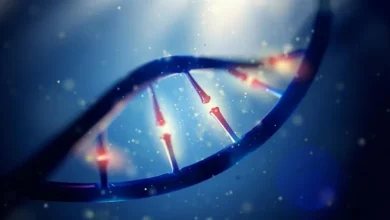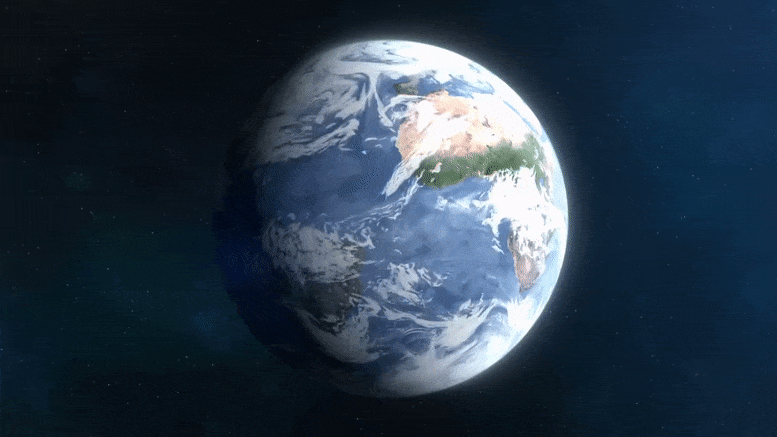
The past few decades have seen technological advancements. No man may have ever predicted this accurately. However, everything comes with a price. Along with this progress are destructive practices that are slowly changing the world.
People have been warned already about the irreversible effects of climate change. That’s if we don’t take immediate actions to reduce carbon emissions. You may not own a corporation. But as a citizen, you can do little things to help reduce the risks of climate change.
Nowadays, sustainable living is the most viable way to do your part. And to further amplify this cause, there are several ways to integrate technology into this action. Here are some basic examples that can help you make use of technology for more sustainable living.
Smart home and appliances
Years ago, people were only dreaming of living in automated homes. But that day has become a reality. Why not use this automation to your advantage? Make it a part of your life to promote a sustainable lifestyle. Smart appliances can be integrated into your smart home apps.
The good thing about this is they can program your appliances and make profiles. This way, you can have them turned off automatically when no one’s using these devices. They can put your appliances on standby mode if they’re left unattended. They can customise appliances behaviours if you’re going out for work or just about to return home. The cooperation between a smart home and your appliances can help save energy.
Recycling apps
App developers have become one of the most innovative creators in the last two decades. A lot of apps have been developed for almost everything. From simple note-taking tasks to ordering food, there’s an app made for everything. It’s nice to know that some didn’t forget to help people who want to live sustainable lives. There are apps developed for recycling purposes that you can try. Examples of these are apps that teach you how to segregate wastes and remind you of garbage collection days.
There are also the ones that can locate the nearest recycling venues. It can help you find a place to bring your recyclable wastes. Some apps let waste haulers communicate with corporations. These developments may be as little as an app icon on your phone. But when patronised collectively, they can provide a massive help to the environment.
Green business
Businesses that are concerned with the world’s climate conditions are the best ones to invest in. That is if you’re into protecting the environment. You can invest in vegan or vegetarian restaurants. That’s going to promote a healthier eating and plant-based diet to most people. Or you can also get into a waste management business. This can give you profit and, at the same time, help reduce plastic waste. Promote these businesses online through social media or your website.
If you want to go big, you can get into food production. Begin with farming greens. Use ways that’ll make sure your crops are well-produced. When one considers their cost, agricultural drones are an effective option to monitor crops incessantly. This way, you can reduce food waste and grow more healthy crops. Give way for more sustainable business ventures. Generate profit while helping the environment recover with the help of technology.
Renewable energy
Aside from saving Americans hundreds of billions of dollars, renewable energy is a great way to reduce greenhouse emissions. A push in using renewable sources for power is our best bet to save the planet. Using wood as fuel is a little help. But technology such as solar power and solar powered-devices are wonderful developments. Converting sunlight to electricity may be the most popular way of using renewable energy.
The energy from the sun should be utilised to help save the world from climate change. Imagine how much people can save if they power their houses using solar panels? That will be a lot of savings, not just in money but also in fossil fuels. A lot of renewable energy options are being studied and employed. The utilisation of sustainable energy sources should start a revolution before it’s too late. Check your options for renewable energy and see if it’s right for you.
It’s drastic how technology has shaped the world in just a few decades. But we should also consider the harmful effects of these advancements. If we don’t focus on them, there’s no chance for us to reverse the effects of climate change. These technological developments may have brought us some risks. Now might be the perfect time to use them for good.




